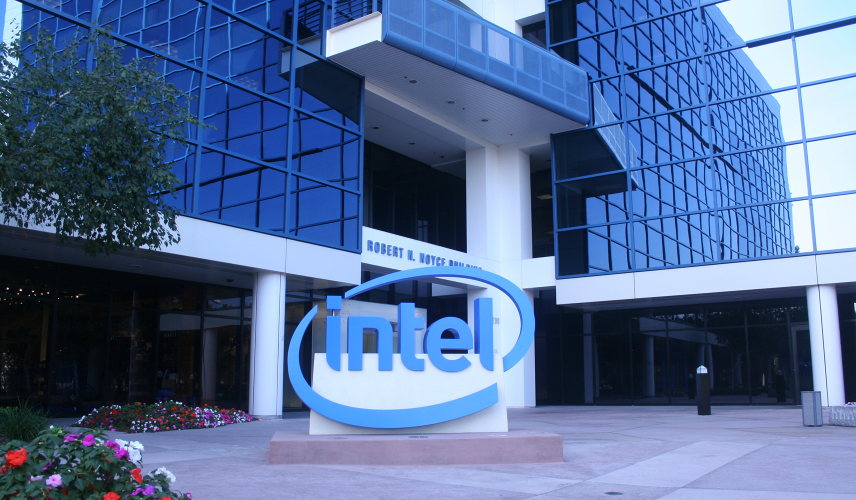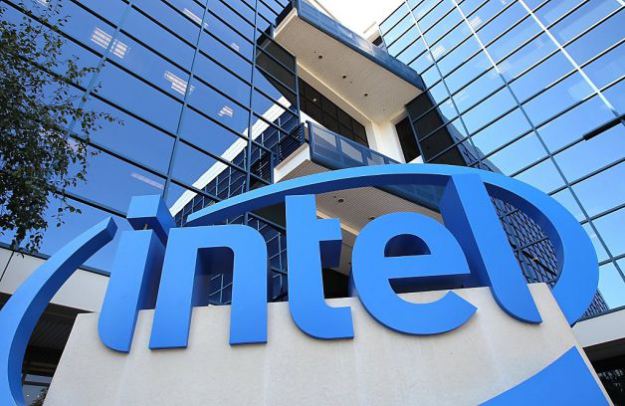Although Apple is not planning on using the Intel’s Atom processor in any of iPhones for now, its goal is to integrate the modem into its A-series processors. These processors will have a SoC (system – on – chip) design. Apple says battery life, performance and speed could be improved by integrating processor, graphics and modem in to a single chip.
For Apple this could also mean thinner iPhones. Integrated components will save space and apple might be able to shed some thickness or provide a bigger battery in the future models. Intel would be responsible for manufacturing the chips. Apple would license Intel’s intellectual property for integrating its modem in A-series processor. Finally the design would be sent to fabrication labs of Intel for manufacturing.
The A9 chips that have been used in Apple’s latest flagship models – iPhone 6S and 6S Plus have been manufactured by TSMC. This chip is 14nm processor, its interface has been stretched to 20nm and it doesn’t compare to Intel’s 14nm processor in efficiency. Intel is also said to be working on a 10nm design apart from14nm processor. Intel says it should be ready in the coming 2 years. Infineon was acquired by Intel and had manufactured modems for iPhones since 2011. After that Apple switched to Qualcomm. After the acquisition, a number of Infineon employees were hired by Apple including its CTO Bernd Adler. Some say that Apple hired them for collaboration with Intel while other sources say Apple wants to have an in-house team for designing its modem. Intel processors have been used in other Apple OS X products. In 2006, Apple switched to X86 processor (by Intel) from its PowerPC architecture. Now Intel appears in all of the Apple’s laptops and desktops.
Image Courtesy: bgr.com





















